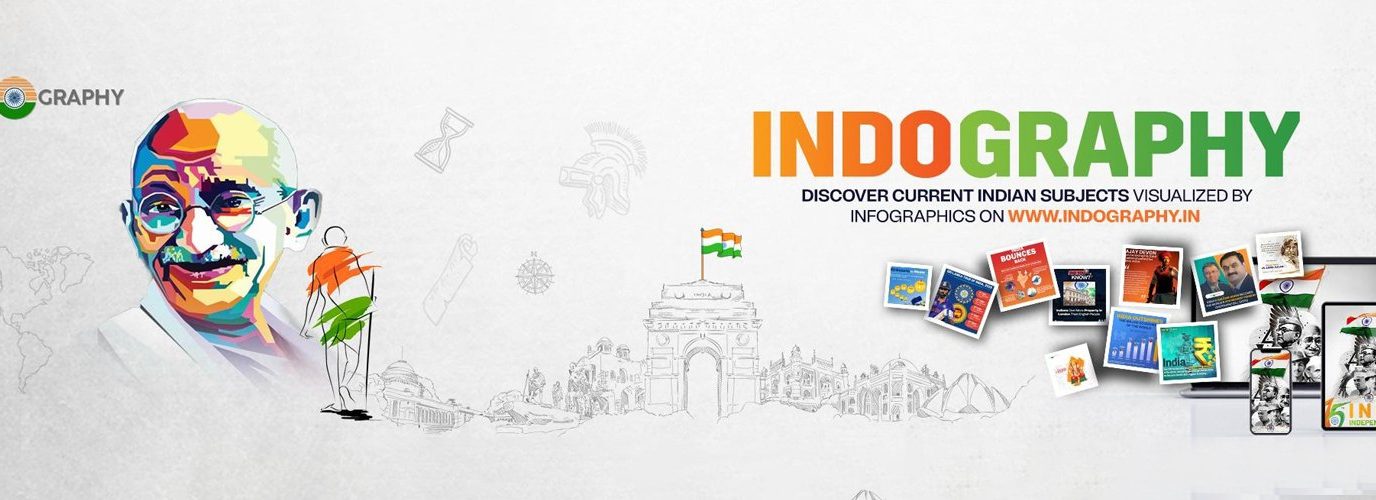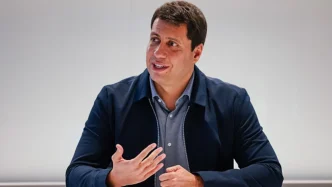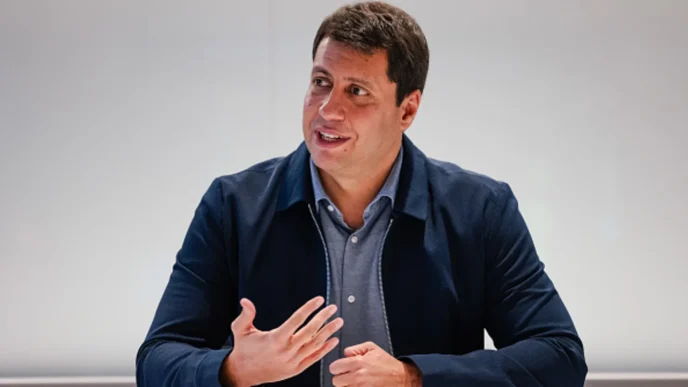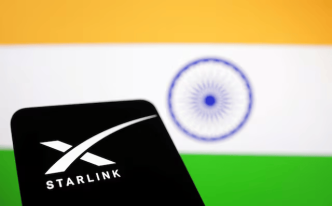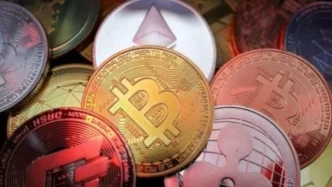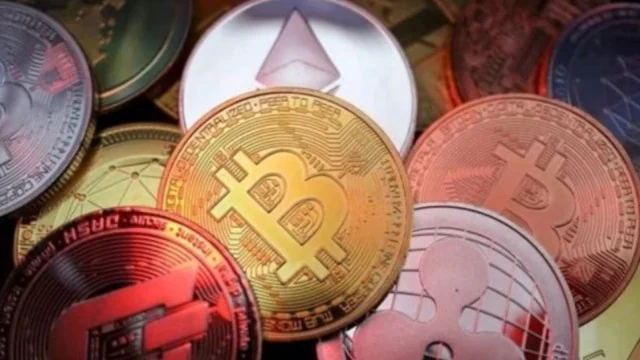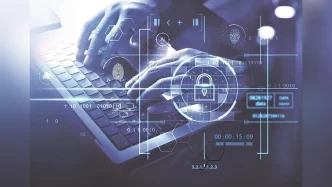India could be technologically capable of “quantum communication” using satellites in the “next half a decade” Professor Bhaskar Kanseri of the Indian Institute of Technology (IIT)-Delhi, whose team recently reported an instance of quantum key distribution one kilometre apart — the farthest such transmission in India, without any connecting cables — told The Hindu in an interview.
This, however, would require large teams of well-funded multidisciplinary experts and the involvement of start-ups which are specifically geared towards such ends, Prof. Kanseri said.
Safe quantum communication requires enabling a sender and receiver to get “quantum keys”, which are made of streams of photons — the carriers of light. Quantum Key Distribution (QKD) employs principles of quantum mechanics: the incompletely understood principles underlying the behaviour of atomic and sub-atomic particles, including photons.
While there are a couple of approaches in using QKD, one of them — said to be the most secure but technically harder to implement — uses quantum entanglement. Pairs of photons are naturally ‘entangled’, in a way that a change in one instantaneously reflects in the other. Applying this to encryption means that even the mere attempt by a potential hacker into a QKD-secured transmission of information becomes apparent to those communicating, thus allowing preventive measures.
While generating such secure keys can be done through physical networks, including fibre optic cables, the goal is to be able to do it in ‘free-space’ or without such intervening wires. This is because the cost of such transmissions using cables rapidly rises once the sender and receiver are hundreds of kilometres apart. Thus the ideal step would be to involve satellites, which can act as an intermediary between any two points even if they are thousands of kilometres apart.
However, using fibre optic cables provides a stable channel for quantum communication which free-space channels do not. Atmospheric disturbances such as turbulence, air flow, pollution, etc., particularly in a city such as the Delhi National Capital Region, made it more “challenging” to demonstrate free-space quantum communication. “The photon beam of quantum channel diverges and wanders due to these disturbances and results in more errors. Owing to these reasons, the error rates are generally higher than the fibre ones. However, with better beam control and optimisation, there is a scope to reduce these errors,” Prof. Kanseri said.
China had demonstrated satellite-based quantum communication nearly one decade ago, as they had a head start in quantum communication activities since the early 2000s, he surmised. “I strongly believe that India, which started quite recently (in the 2020s), will achieve it in next half-a-decade or so, as under the National Quantum Mission (NQM), a strong focus is to develop satellite-based long distance quantum communication,” Prof. Kanseri, who is currently in the U.S., said in an email.
As an academic institute, IIT-Delhi’s experiments in quantum communication so far were “proof of concept (POC) nature” conducted with a small team of four to five students, explained Prof Kanseri. “Satellite based quantum communication would be one of the biggest projects and require not only adequate funds but also a large, dedicated team of multidisciplinary skilled experts for developing several types of enabling technologies. Quantum startups, mentored by researchers working in quantum technologies, if funded adequately, can contribute immensely in translation of technologies from lab to market, and in prototyping quantum technologies in a focussed and faster manner. In addition, indigenous development of needed equipment and components is also required,” Prof. Kanseri said.
In 2017 and 2020, researchers at the University of Science and Technology of China, during multiple instances, generated quantum keys involving a satellite (500 km above the ground) and ground stations 1,000 and 1,700-km apart.
Since 2005, there have been ground demonstrations in Europe, Canada, and the United States of free-space (without cables) QKD greater than 100 km, suggesting that India still has much to cover regarding QKD-entanglement communication.
In January 27, 2022, scientists from the Department of Space (DOS), namely, Space Applications Centre (SAC) and Physical Research Laboratory (PRL), both in Ahmedabad, jointly demonstrated quantum entanglement based real time Quantum Key Distribution (QKD) over a 300-metre atmospheric channel. In 2021, a team of scientists led by Urbasi Sinha demonstrated perhaps the first instances of such free-space communication in Bangalore over building separated by 50 metres.
Quantum key distributions over much greater distances have been achieved over optical fibre networks. Prof. Kanseri’s team demonstrated an intercity quantum-communication link between Vindhyachal and Prayagraj in 2022, using commercial grade underground dark optical fibre. In 2024, the team successfully distributed quantum keys using entanglement over a 100 km spool of telecom-grade optical fibre in another project supported by the Defence Research and Development Organisation.



